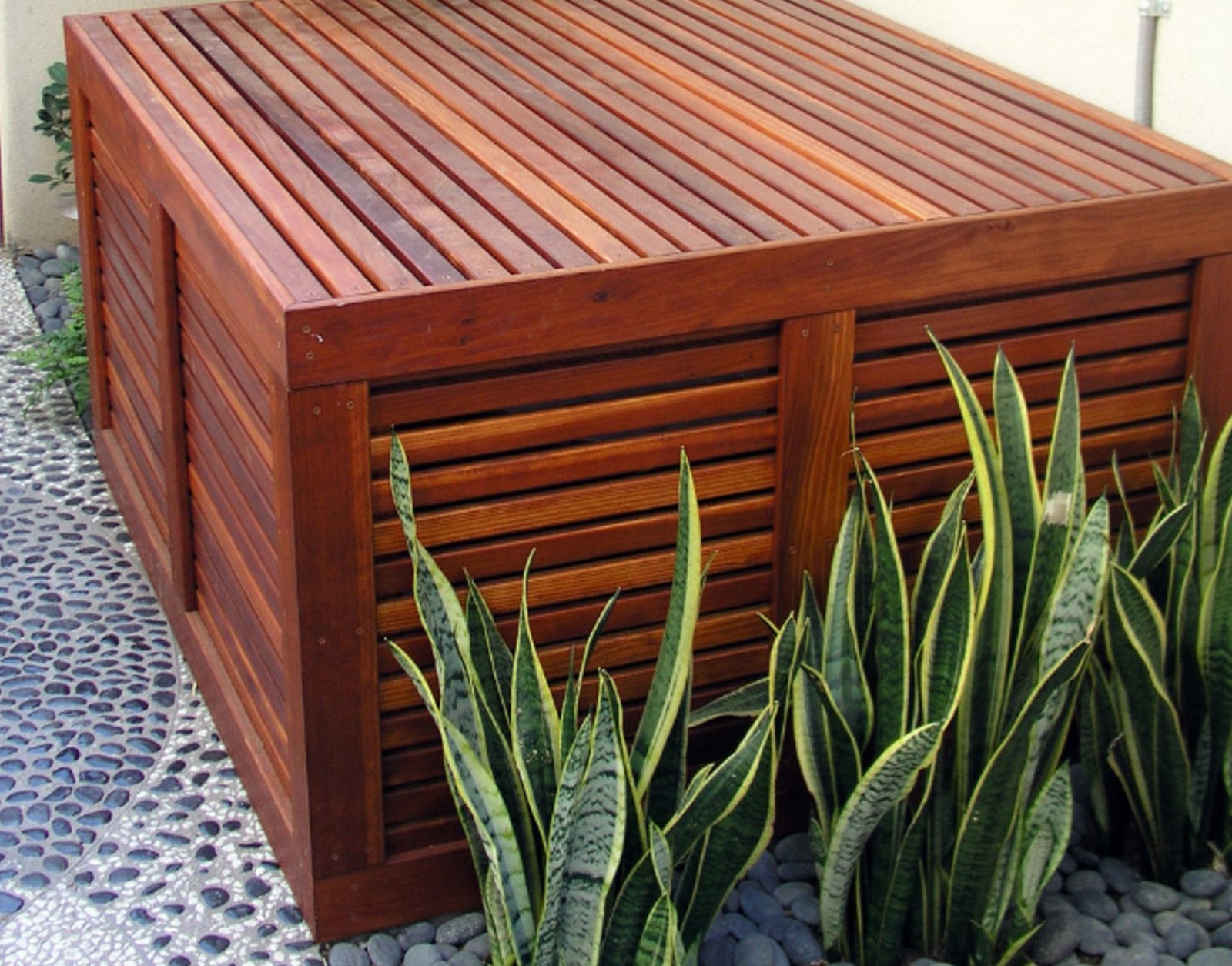Contrary to generally perception, air conditioning is not about adding cool air to the room, but more about drawing heat away from it. In fact, air conditioning units work on basically the same principle as kitchen refrigerators. Air conditioning seems ubiquitous for many people today.

Photo by Pacific HVAC Air Conditioner – More home design ideas
However, it is only in the last few decades that the majority of residential buildings included central air conditioner.
Central air conditioners are designed to cool the entire house.
The large compressor and outdoor coil are located outdoors (or in isolated area of the building) and are connected by refrigerant lines to an indoor coil mounted in the furnace.
The same duct system is used for both heating and cooling air distribution. This is in direct contrast with systems which rely on individual units in rooms or suites of rooms.
Many older homes today only offer window unit air conditioning. The last government studies prove window units are not as efficient at cooling a home as central units. Converting older homes with central air conditioning is a fairly common home improvement project.
1 – Before installing the air conditioning, you will need to do some planning. Interview HVAC contractors and obtain estimates. Maybe contractors familiar with installing air conditioning into existing homes are better equipped to handle the job.
2 – You will need to make sure that the main power supply supports the system you plan to install. Consult an electrician for this. This is very important, as it can be dangerous to connect a system not supported by the main power.
3 – Determine if ductwork is already in place. Houses with forced air heating systems (those with furnaces) have ductwork; houses with radiators usually do not. If you don’t have ductwork you will need to plan for and install these first. This will take much longer than the installation of the air conditioning system itself and will usually double the cost of adding central air conditioning.
4 – The region where you live, the width of the walls, the square footage, amount of installation and the design of your home all help determine the size of the air conditioner needed. A licensed HVAC installer will determine how big of a unit you will need to cool down the home, or the rooms which you want the system to service, to determine the best air conditioner for your needs.
5 – Check the existing ductwork and furnace systems. Sealing ductwork, installing a larger furnace blower and replacing air registers are common needs when retrofitting central air into an existing home.
Comfort and Saving Costs with Cooling and Heating Tips (howtobuildahouseblog.com)


